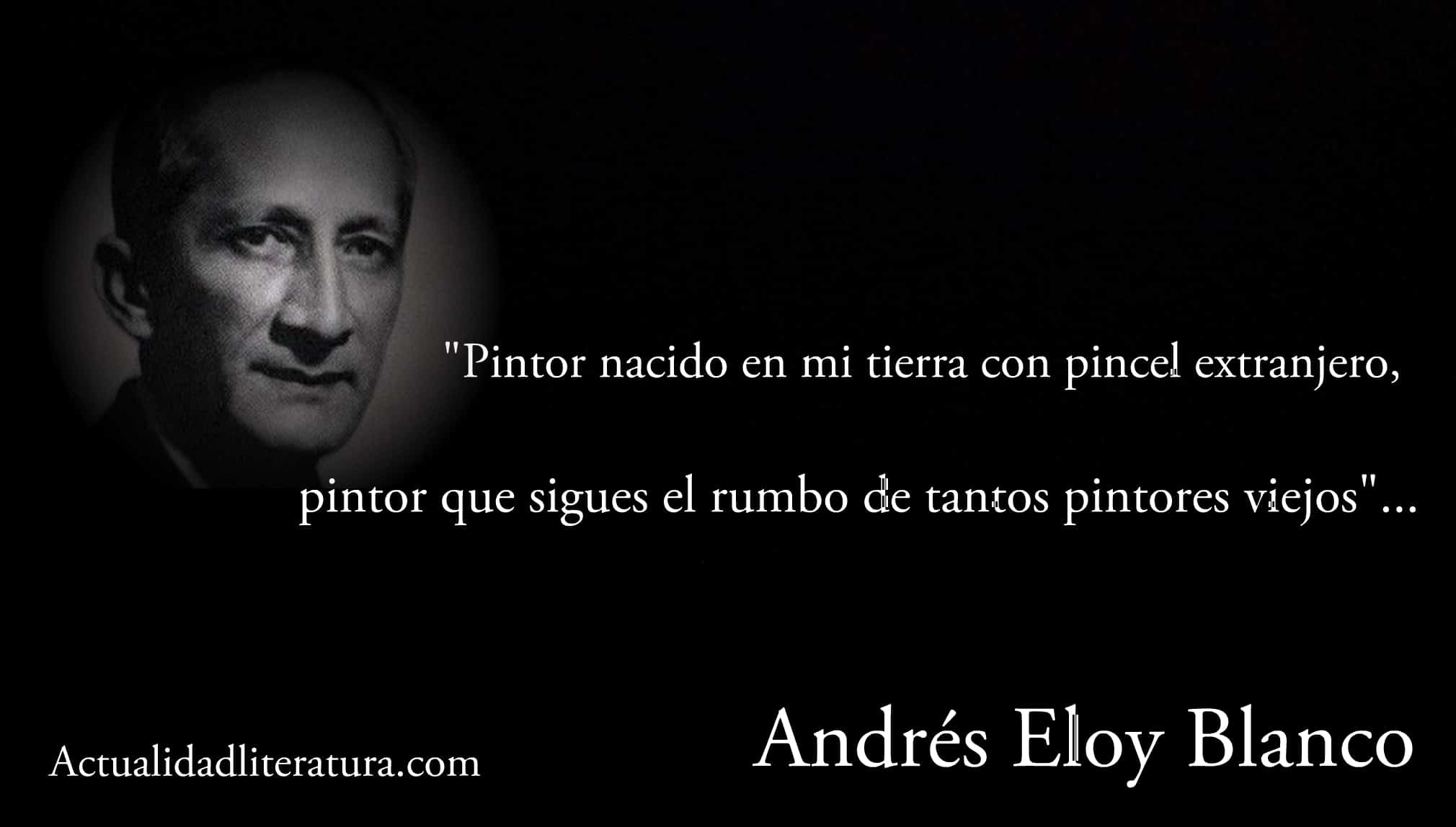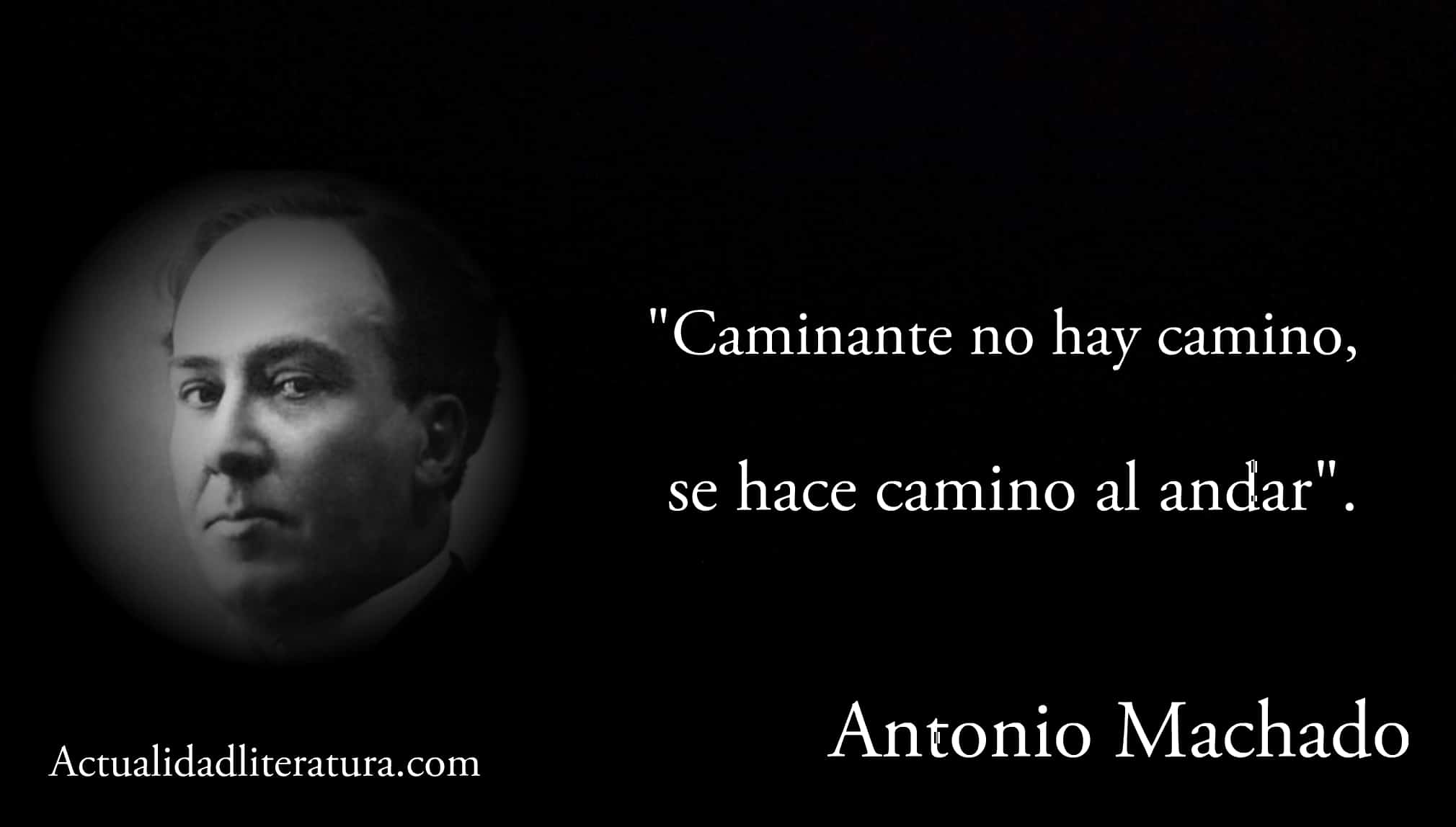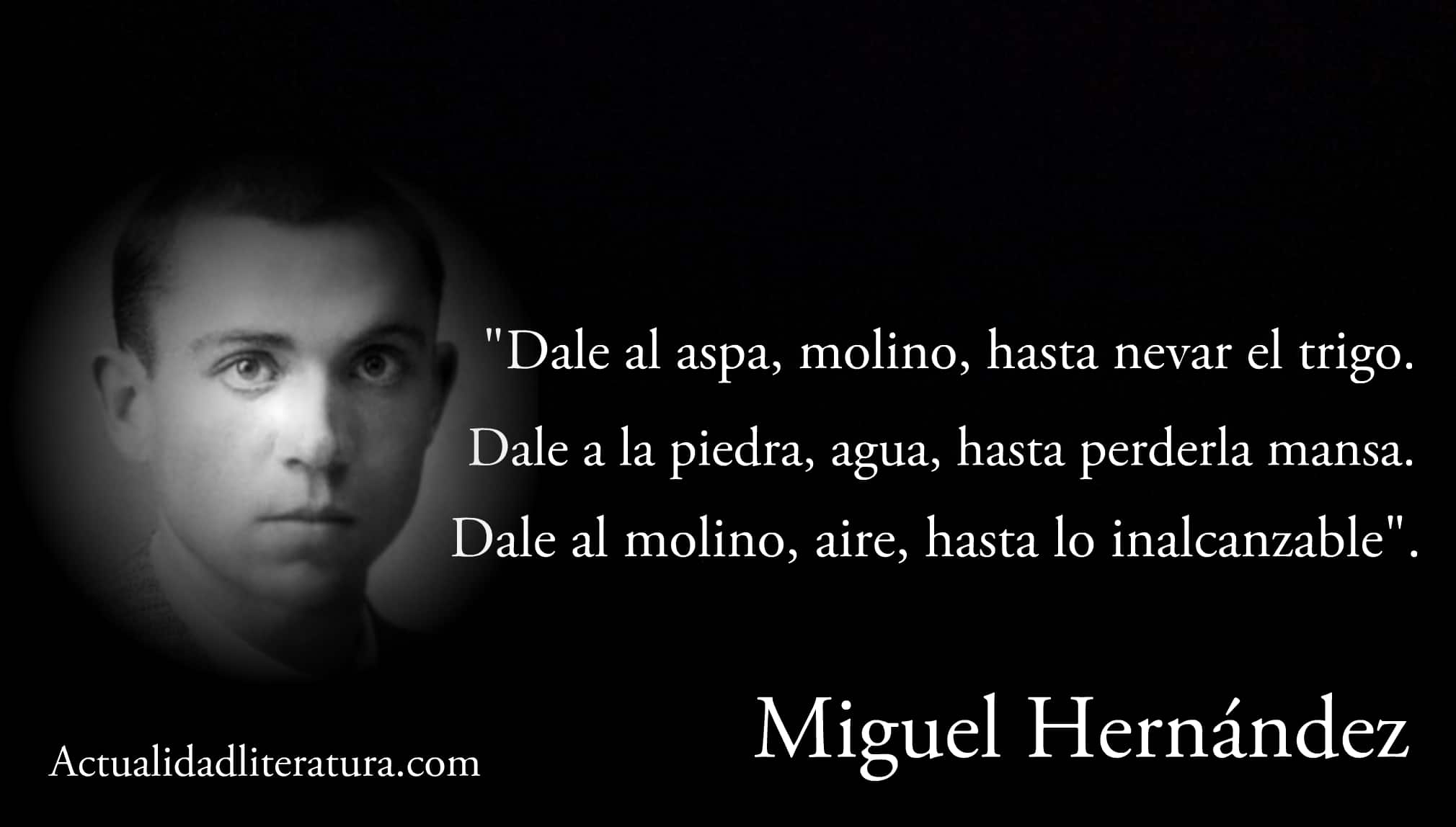
Phrase by Andrés Eloy Blanco.
Anaphora is a rhetorical figure widely used among poets and lyrical writers. It consists of the constant repetition of a word or a phrase, generally, at the beginning of a verse or a sentence. Although, it may eventually appear in the middle. This can be seen in the following phrase by Amado Nervo: "Everything is known here, nothing is secret here."
It is used in order to give the text a clear and unequivocal intention, as well as a specific sound.. In the same way, it is used when constructing prose poems, regardless of whether they are repetitions of exact phrases or similar syntactic groups. For example:
"Walker, there is no path, the path is made by walking". (Intertext pointed out by Joan Manuel Serrat, from the poem «Cantares» by Antonio Machado).
Intentional rhetorics
In addition to endowing the writings with a particular rhythm and sonorities, It is an essential rhetorical figure when highlighting a concept, an idea or the same lyrical object that is the protagonist of some verses. The intentional rhetoric is exemplified below with an excerpt by Andrés Eloy Blanco:
"A painter born in my land with a foreign brush // painter who follows the path of so many old painters // even though the Virgin is white, paint me little black angels." ("Paint me little black angels", Andrés Eloy Blanco).
Additionally, anaphora plays a leading role in diction. Thus, it makes poetry an artistic manifestation — which, to be fully appreciated — needs to be read aloud. Whether sung, recited or declaimed out loud. It is indistinct if the reader is before an audience that listens to him with attention or in the solitude of a room.
Origins of anaphora
The term anaphora comes from the combination of two words of Greek origin. First, ana, whose meaning is "repetition" or "similarity"; supplemented with pherein, which means "to move". On the other hand, They have been around long before writing was invented.

Quote by Antonio Machado.
Academics argue that the use of anaphora dates back to times when orality was the only means of transmitting knowledge. Therefore, This resource was used to leave no room for doubts regarding the ideas expressed in the sentences or could be misinterpreted.
Types of grammatical anaphora
Within the field of linguistics and grammatical analysis, "anaphora" is a term with three different meanings. This - apart from its use as a rhetorical figure - constitutes one of those peculiarities that make Spanish a difficult language to assimilate for those who are not their native language. Even, sometimes for Spanish-speakers from birth it also creates difficulties.
Uses
- The anaphora is used as a point of reference or deictic in the form of a pronoun, whose meaning is conditioned to the context of the discourse. Note in the following phrase by Filippo Neviani “Nek”:… «Laura escapes from my life, and you who are here, ask why I love her despite the wounds» ...
- Equally, anaphora can be an expression whose interpretation is subject to another phrase that complements the speech.
- Lastly, its meaning is subject to concepts that at the time of repetition (of the word or of the phrase) are already present in the text. For example: "There was the pint-sized bird sitting in the lemon green." (Albalucía Ángel).
Anaphora and cataphor
Anaphora and cataphor are terms whose meanings are often misleading. However, there is only one difference between the two, which is quite easy to understand. On the one hand, the cataphoras are used within the Castilian grammar as resources of structural cohesion in the writings, avoiding the repetition of words.
In an anaphora, the pronoun is used after the subject has already been presented within a sentence. Instead, in a cataphor, first the “substitute term” is used and later the protagonist of the action appears.
For example: "her did not wait long, is that Patricia he has no patience ”.
Ellipsis and anaphora
There is a third grammatical “tool” used to provide cohesion to texts without resorting to constant repetition of words. It's about the ellipsis. A "substitute" pronoun is not used here. The subject is simply omitted, whose absence is fully justified in the text and there is no confusion regarding the character or the object of whom it is spoken.
The absence (ellipsis) can be given as a "kind" of anaphora. That is, the omission occurs once the subject has already been presented: Marina and Roberto are a special couple, they really love each other very much. In the same way, it can function as a “silent” cataphor. Note in the following sentence: "He did not come, Eduardo is irresponsible."
General characteristics of anaphora as rhetorical figures
Although at times rhetorical and linguistic anaphoras may look similar, reviewing some of the general characteristics of the former serves to clarify the differences between one and the other.
From the start
Its appearance usually occurs at the beginning of each sentence. Usually from the very opening of the sentence and thereafter, followed by the closing of each sentence. Therefore, in this case the anaphora appears after a period and followed or a period and apart. For example: “Blessed shall you be in the city or in the country. Blessed will be the fruit of your entrails and the fruit of your land ”. (Deuteronomy 28).

Quote by Miguel Hernández.
Likewise, input anaphoras can be found after a comma or semicolon. This is observed in the following passage: “Hit the blade, mill, until the wheat snows. // Give the stone, water, until you lose it tame. // Give the windmill, air, until the unattainable ”. (Miguel Hernández).
One word, one phrase
In this type of anaphora, eThe resource covers more than a single word, as can be seen in the following fragment by Silvio Rodríguez: “There are those who need a love song; there are those who need a song of friendship; there are those who need to go back to the sun to sing the greatest freedom ”.
With gender change
One of the ways in which anaphora can be found within a sentence is with polyptoton. Then, the term to be repeated changes gender during the course of the text. For example: "How do you want me to love you if the one I want him to love me doesn't love me the way I want him to?"
Interesting linguistic and literary resource, but you have to be careful with its application, doing it many times can congest reading or give the impression of being redundant in abundance. Excellent article
-Gustavo Woltmann.